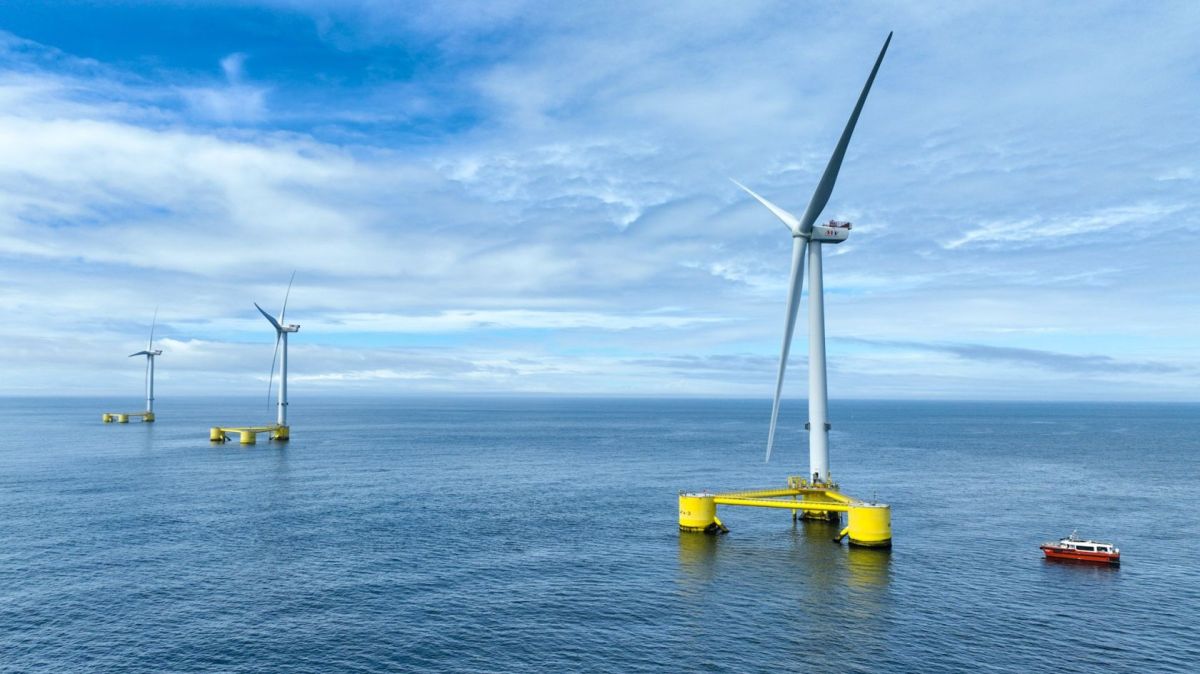Non-renewable production accounted for 16%, while the remaining 7% was imported energy, in a month in which there were restrictions on electricity imports from Spain, in the wake of the power blackout of April 28.
At the same time, in May, “electricity consumption fell by 0.1%, or a zero variation considering the correction for the effects of temperature and number of working days”, and at the end of the month, “annual accumulated consumption recorded an annual increase of 1.8%, the same value when correcting for temperature and working days”. REN data also indicate that in the same period, hydroelectric plants had a productivity index of 1.52 (historical average of 1), “unlike wind and solar plants, with below-average conditions and indexes of 0.73 and 0.93 respectively”. In the accumulated period between January and May, renewable production supplied 82% of consumption, divided between hydroelectric with 40%, wind with 27%, photovoltaic with 10% and biomass with 5%. Natural gas production “supplied 12% of consumption, with the remaining 6% corresponding to the import balance”. In the case of the gas market, there was “an overall annual growth of 40%, driven by growth in the electricity production segment, while the conventional segment recorded an annual decline of 2.1%”.
In the month under analysis, the national system was supplied entirely from the Sines LNG terminal.
The REN data also shows that “accumulated gas consumption recorded an annual variation of 7.1%, with the electricity production segment growing by 81%, counteracting the 6% contraction in the conventional segment”.
According to the company, 96% of the national supply was ensured through the Sines terminal and the remaining 4% through the interconnection with Spain, with Nigeria and the United States being “the main sources of gas consumed in Portugal, representing 52% and 34% of the total respectively”.















